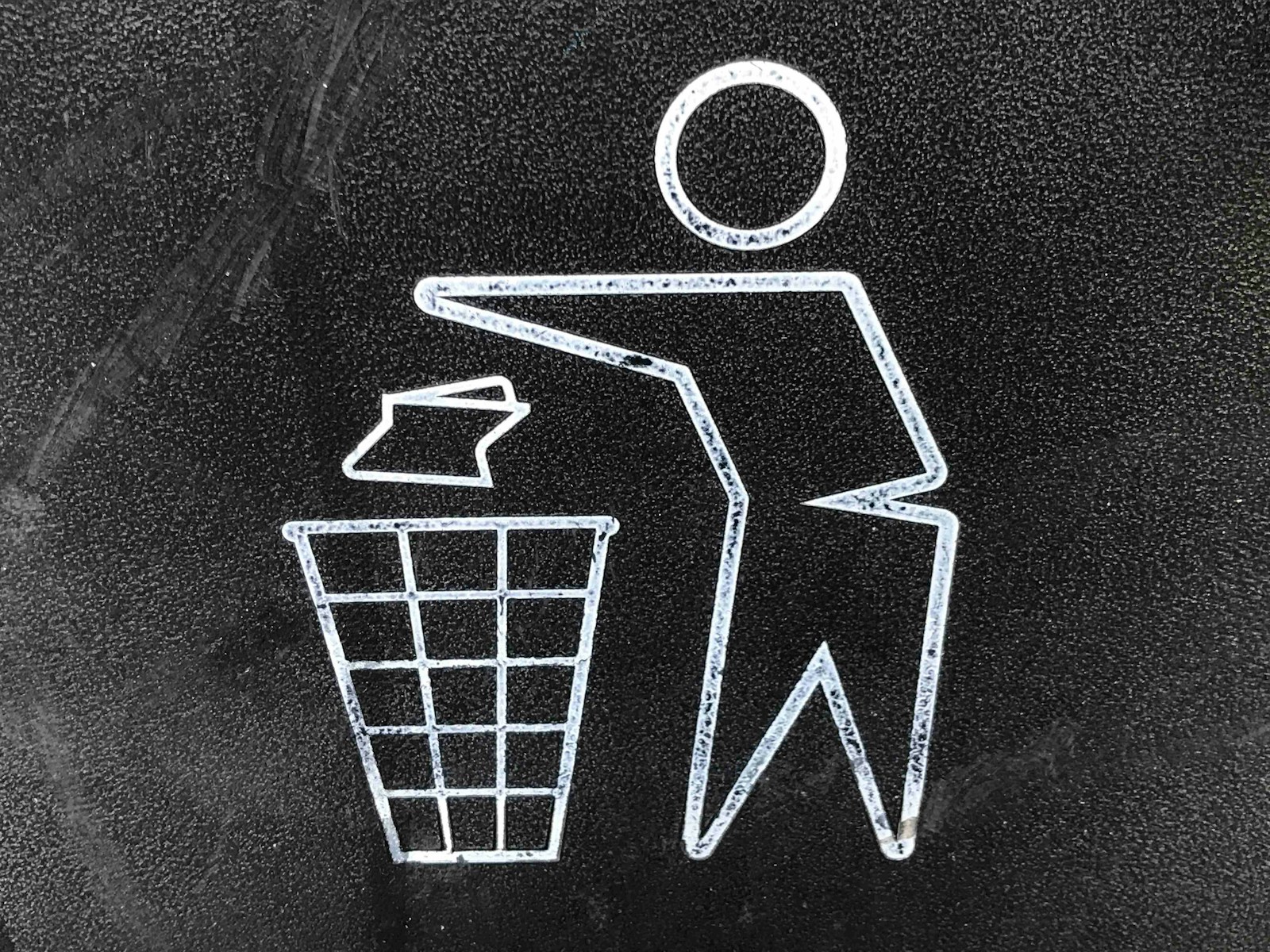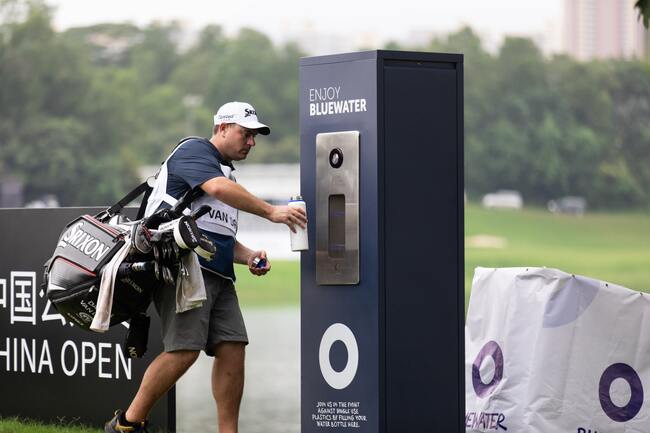In the vibrant mosaic of efforts to protect our planet, philanthropy emerges as a distinctive thread, weaving together hope and action. The fusion of philanthropy and environmentalism is not merely a confluence of wealth and conservation, but a dynamic alliance that has matured to confront some of the most pressing environmental challenges of our era. This partnership, grounded in strategic and impactful giving, has transitioned from traditional charity to a more focused approach aimed at achieving tangible outcomes. Notable philanthropic endeavours, from reforestation projects to ocean conservation initiatives, underscore the tangible impact of this collaboration, setting a tone of engagement and possibility from the outset.
Evolution of Environmental Philanthropy
The journey of environmental philanthropy is a testament to the evolving consciousness around environmental issues. Initially, philanthropic efforts were primarily directed towards conservation and the preservation of natural landscapes, driven by a passion for the outdoors and a recognition of nature’s intrinsic value. As environmental challenges grew in complexity, so did the strategies of philanthropists, evolving from simple acts of charity to encompass strategic, data-driven approaches. This evolution mirrors a broader understanding of environmental issues, acknowledging that effective solutions require systemic change and a long-term commitment.
Diversification and Impact
The progression of environmental philanthropy has been marked by diversification, with efforts expanding beyond conservation to address climate change, pollution, and sustainable development. This shift illustrates the sector’s adaptability and its willingness to tackle the multifaceted nature of environmental challenges. Through examples from different eras, we see a tapestry of initiatives that, together, form a comprehensive approach to environmental stewardship, demonstrating the sector’s critical role in driving forward the environmental agenda.
Philanthropy in environmentalism spans a broad spectrum, from the grand gestures of billionaires to the grassroots efforts that bubble up from local communities. Large-scale strategic giving, often headlined by prominent philanthropists, has the power to catalyse significant change, funding ambitious projects and research that can shift the environmental needle. Yet, the importance of smaller, community-led initiatives cannot be overstated. These efforts, deeply rooted in local knowledge and needs, offer bespoke solutions to environmental challenges, highlighting the value of a multifaceted approach to philanthropy.
Strategic Philanthropy and Environmental Sustainability
In the realm of environmental philanthropy, the importance of strategic, impactful giving is increasingly recognised. This approach not only addresses immediate environmental challenges but also sets the stage for long-term sustainability. A key aspect of this strategic philanthropy is the emphasis on transparency and accountability, ensuring that every initiative contributes effectively to broader environmental goals.
The Rona Ellis Foundation, with Sandrina Postorino serving as a director, exemplifies this strategic approach in its commitment to environmental and social causes. Focused on nurturing children, preserving nature, empowering women, and protecting animals, the Foundation’s work highlights the interconnectedness of these issues with environmental sustainability. Particularly, its dedication to ocean conservation aligns with global efforts to combat climate change and protect biodiversity, showcasing how targeted philanthropy can make a significant impact.
While the Foundation’s initiatives are a testament to the power of focused philanthropic efforts, they also underscore the necessity of measuring impact. By evaluating the outcomes of its projects, the Foundation not only ensures the efficient use of resources but also contributes valuable insights into the effectiveness of various strategies in achieving environmental sustainability.
In this context, the role of individuals like Postorino is crucial. Their ability to bridge corporate expertise with philanthropic goals helps to advance innovative solutions to environmental challenges. However, the broader narrative remains that collective action and collaboration across sectors are essential to driving meaningful change in environmental philanthropy.
Technology and Global Philanthropy
The advent of technology has opened up new frontiers in environmental philanthropy, offering innovative solutions to longstanding challenges. Individuals like Aileen Lee are at the forefront of supporting tech-based solutions to climate change, recognising the potential of technology to scale impact and address sustainability issues effectively. From renewable energy technologies to platforms that facilitate reforestation, the range of tech innovations in the environmental sector is vast and growing.
“Regenerative production landscapes hold tremendous promise in driving meaningful impacts for climate goals while centring the agency and inclusion of smallholders and producers. We are already seeing this promise turn into practice thanks to the efforts of organisations like 1000L and EIT-Climate-KIC. What’s needed now is focused investment in mainstream landscapes. Philanthropy has an important role here to help pave the way for public- and private-sector investment to follow,” highlights Amol Mehra, emphasising the potential of technology in revolutionising environmental philanthropy.
Collaboration and Ethical Considerations
The environmental challenges we face are too vast and complex for any single entity to tackle alone. Collaboration, therefore, emerges as a key strategy in amplifying the impact of environmental initiatives. Successful partnerships between philanthropists, NGOs, governments, and the private sector illustrate the power of collective action in driving forward the environmental agenda. These collaborations leverage the strengths and resources of diverse stakeholders, creating synergies that can lead to more innovative and effective solutions.
“Public, private, and philanthropic funding working together can make all the difference to lift ambition, create leverage, and build momentum for transformation in landscapes and beyond. This is essential if we are to stand a chance of achieving the structural, systemic, institutional change that we so urgently need,” asserts Kirsten Dunlop, underscoring the importance of coordinated funding across sectors.
While philanthropy plays a vital role in advancing environmental causes, it is not without its criticisms. Concerns about donor influence, philanthrocapitalism, and the potential for philanthropy to bypass democratic processes highlight the need for ethical guidelines in philanthropic efforts. These criticisms underscore the importance of transparency, accountability, and inclusivity in environmental philanthropy, ensuring that initiatives serve the public good without undermining democratic institutions or local autonomy.
Looking Ahead
As we look to the future, the role of philanthropy in environmentalism is poised to evolve further, driven by emerging challenges and opportunities. The importance of adaptability and innovation in philanthropic strategies cannot be overstated, as the environmental landscape continues to change. Future trends, such as the increasing integration of technology and the growing emphasis on social equity, will shape the direction of environmental philanthropy, highlighting the need for strategic, impactful contributions.
The ongoing need for philanthropy in the environmental sector underscores the critical role that individuals, corporations, and foundations play in shaping a sustainable future for our planet. By continuing to invest in innovative solutions, foster collaborations, and navigate ethical considerations with care, philanthropy can help ensure a healthier, more resilient world for generations to come.







